Its black and white body with a black and white ringed tail is the unmistakable sign of the Ring-tailed Civet. It’s the most carnivorous out of the three palm civet species in Sri Lanka and feeds on small rodents, hares and mouse deer. They mostly are seen single and lives on both roofs and tree holes.

About Author
358 Posts
You Might Also Like This
-
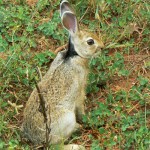
Black-naped or Indian Hare Lepus nigricollis
-

Crested Porcupine Hystrix indica
-
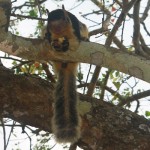
Grizzled Indian or Giant Squirrel Ratufa macroura
-

Giant Flying Squirrel Petaurista philippensis
-

Dusky Striped Squirrel Funambulus sublineatus
-

Palm Squirrel Funambulus palmarum
-
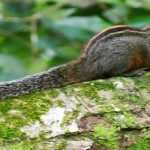
Layard’s Striped Squirrel Funambulus layardi
-

Water Buffalo Bubalus Bubalis
-

Indian Muntjac or Barking Deer Muntiacus muntjak
-

Sambar Cervus unicolor
-

Spotted Deer Cervus axis
-
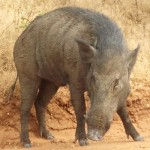
Wild Pig Sus scrofa
-
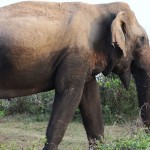
Asian Elephant Elephas maximus
-
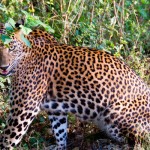
Leopard Panthera pardus kotiya
-
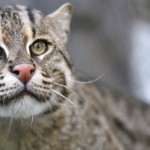
Fishing Cat Prionailurus viverrinus
-
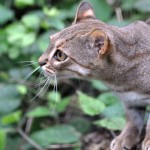
Rusty-spotted Cat Prionailurus rubiginosus
-

Jungle Cat Felis chaus
-

Ruddy Mongoose Herpestes smithii
-
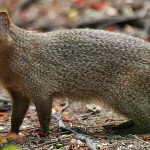
Indian Grey Mongoose Herpestes edwardsii
-

Golden Palm Civet Paradoxurus zeylonensis
-
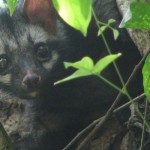
Common Palm Civet or Toddy Cat Paradoxurus hermaphrodites
-

Otter Lutra lutra
-

Sloth Bear Melursus ursinus
-
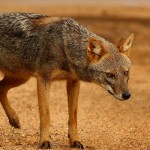
Golden or Black-backed Jackal Canis aureus
-

Purple-faced Leaf Monkey Trachypithecus vetulus
-
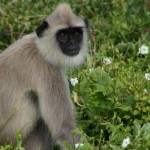
Hanuman or Grey Langur Seminopithecus priam
-

Toque Macaque Macaca sinica
-

Gray Slender Loris Loris lydekkerianus
-

Red Slender Loris Loris tardigradus
-
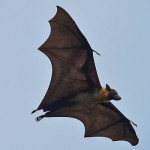
Common or Indian Flying-fox Pteropus giganteus
-

Short-nosed Fruit Bat Cynopterus sphinx
-

House or Common Musk Shrew Suncus murinus
